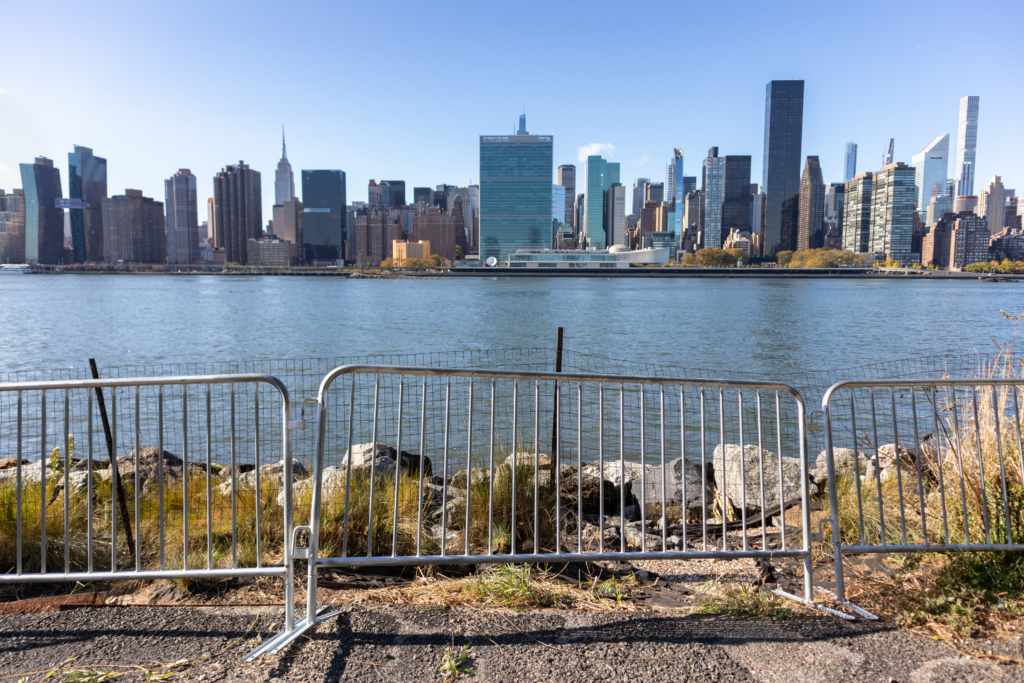Dallas, one of Texas’s largest and fast-growing cities, is now facing a serious problem beneath its surface — the ground is sinking. Recent studies show Dallas is among the fastest-sinking cities in the United States. This alarming trend is mainly linked to excessive groundwater extraction, which means too much water is being taken from underground sources.
The sinking of land, also known as land subsidence, is not just a small issue. It can cause serious damage to buildings, roads, and pipelines. It can also increase the risk of flooding and other environmental problems. This news is important for Dallas residents, city planners, and environmentalists alike.
What Is Land Subsidence and Why Does It Matter?
Land subsidence occurs when the ground level drops because the soil or rock below compacts or collapses. This happens when groundwater, which supports the weight of the land, is removed faster than it can be naturally replaced. As water is pumped out for drinking, farming, and industry, the soil shrinks and the land sinks.

In Dallas, this process has been happening at an unusual speed. According to a report by the United States Geological Survey (USGS), Dallas and nearby areas have recorded significant ground level drops in recent years. This is largely due to over-pumping of groundwater from deep aquifers that supply water to the city and its surroundings.
The consequences of land subsidence include:
- Damage to roads, bridges, and buildings
- Increased flooding risk because lower land levels hold water longer
- Damage to underground utilities like water pipes and sewage lines
- Changes in natural water flow, harming local ecosystems
For a fast-growing city like Dallas, these impacts can be costly and dangerous.
Why Is Dallas Extracting So Much Groundwater?
Dallas has seen rapid population growth over the last few decades. With more people, the demand for water has increased sharply. While the city has access to surface water from reservoirs and lakes, groundwater remains a crucial backup and primary water source in some areas.
Many industries and farms around Dallas also rely heavily on groundwater for their daily operations. However, the rate of groundwater extraction has exceeded the natural recharge rate — the speed at which rain and rivers refill the underground aquifers. This imbalance causes the underground water level to drop, leading to land subsidence.

Environmental experts warn that if this trend continues, Dallas could face more severe subsidence, leading to costly infrastructure repairs and increased environmental risks. For more information on groundwater and water management, check out this resource from the Environmental Protection Agency (EPA).
What Is Being Done to Address Dallas’s Sinking Problem?
Dallas city officials and water authorities are aware of the problem and are taking steps to manage groundwater use better. Here are some key actions being taken:
- Water Conservation Programs: The city encourages residents and businesses to reduce water use through awareness campaigns and incentives for water-saving devices.
- Improved Water Management: Authorities are working on better monitoring of groundwater levels and controlling how much water can be pumped from aquifers.
- Alternative Water Sources: Dallas is investing in expanding surface water use, recycling wastewater, and exploring new water sources to reduce reliance on groundwater.
- Infrastructure Repairs: The city is repairing and strengthening buildings and pipelines affected by subsidence.
These measures aim to slow down or stop the sinking and protect Dallas’s infrastructure and environment for the future.
What Can Residents Do to Help?
Residents of Dallas can play an important role in reducing groundwater extraction by conserving water at home and supporting local water-saving initiatives. Simple actions include:
- Fixing leaks promptly to prevent water waste
- Using water-efficient appliances and fixtures
- Reducing lawn irrigation and using drought-tolerant plants
- Supporting city policies on water conservation
Every drop saved helps reduce pressure on underground water sources.
Why Other Cities Should Watch Dallas’s Experience
Dallas is not the only city facing land subsidence due to groundwater extraction. Cities across the U.S. and the world, such as Houston, Phoenix, and Jakarta, are dealing with similar issues. Learning from Dallas’s challenges can help other cities avoid costly mistakes and prepare better water management strategies.
Land subsidence is a slow but serious threat that can have long-term consequences if ignored. As urban areas continue to grow, balancing water needs with environmental sustainability is critical. For a deeper understanding of land subsidence worldwide, see this article from the National Geographic Society.
The Future of Dallas and Its Groundwater
The problem of Dallas sinking fast due to groundwater extraction shows the urgent need for smarter water use and better urban planning. While Dallas grows as a major economic hub, it must also protect its natural resources to ensure a safe, sustainable future.
By managing water more carefully and investing in new technologies and infrastructure, Dallas can reduce the risks of land subsidence. However, it will take cooperation from government, businesses, and citizens to make a real difference.
Final Thoughts
Dallas’s position as one of the fastest-sinking cities in the U.S. is a wake-up call about the consequences of overusing groundwater. Excessive extraction not only threatens the city’s infrastructure but also its environment and quality of life. Taking immediate and coordinated action is essential to slow or stop this dangerous trend.
If you live in Dallas or nearby areas, staying informed and practicing water conservation can contribute to protecting your city from sinking further.
If you want to learn more about water conservation techniques or local Dallas water policies, visit the Dallas Water Utilities official website.
Also Read – How CAPREIT Became a Top Workplace in the USA for 2025





